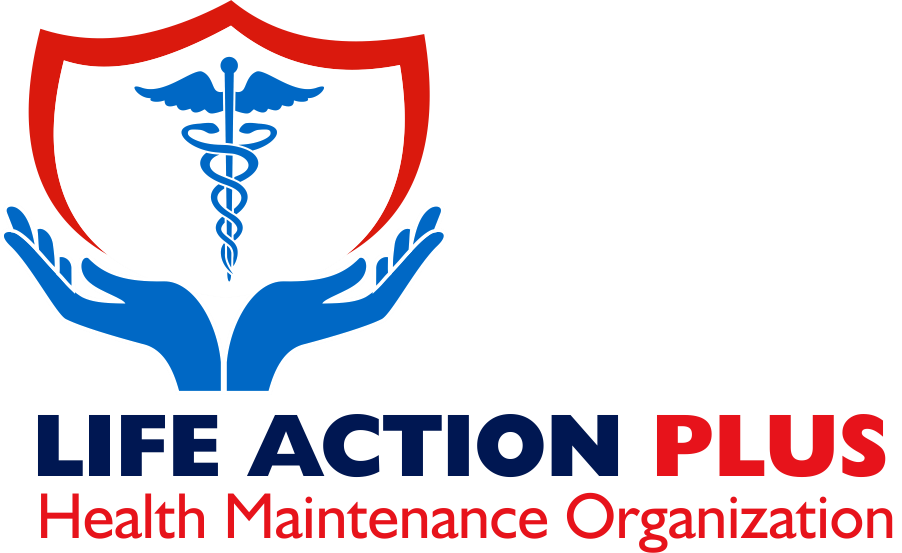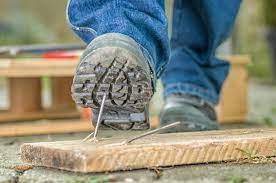We sometimes enjoy walking barefooted outdoors, but while doing so, we increase the chances of stepping on something pointy, like a rusty nail lying in the soil, which can be home to a harmful bacterium called Clostridium Tetani. This bacterium is responsible for causing the severe infection called Tetanus or Lockjaw. In this condition, a person can lose control of their nerves and their muscles, experiencing life threatening conditions that range from minor jaw locking to extreme full-body spasms that can be hard enough to break bones sometimes, and worse, if Tetanus is not treated in time, it can be fatal.

This brings the question: How can one tiny bacterium cause such a dangerous condition? Well, for that, first we need to learn few things about them.
Clostridium Tetani is a bacterium that usually lives in soil, rusty metal, or dirt. The family of these species is anaerobes, meaning they can’t survive in the presence of oxygen around them. That is why they prefer to live in deep compact soil where there is low or no oxygen. But when they come in contact with fresh oxygenated air, they begin to reproduce and generate spores that unlike their fully grown counterparts, can survive in oxygen rich environments, and this is where it gets worse for mammals. When these spores manage to enter our body through a cut or open wound, the lower oxygen condition of our body serves as a perfect environment for these spores to germinate and produce living Tetanus bacteria, and in the process, the spores also release a deadly neurotoxin called Tetanospasmin; that is responsible for causing the bodyspasming tetanus.
Once the bacteria keeps expanding its population, and releases more and more Tetanospasmin toxin, it enters the bloodstream, then it travels all the way to the central nervous system, which consists of your brain and spinal cord, and inside your spine, you will find different neurons such as; Excitatory neurons, Inhibitory neurons, and Motor neurons. The role of the excitatory neuron is the take a message from your brain, turn it into an electric signal, and transmit it to Motor neurons. Then the motor neurons carry those electrical messages to your muscles and ask you to make movements such as; running, swimming, or any other move you want to make. The excitatory neurons keep sending these electrical signals to your motor neurons that keep your muscles moving, and that’s when the inhibitory neurons comes into picture and stops the motor neurons from moving your muscles, reduces their force, and asks it to relax a bit.
But when Tetanospasmin enters the system, it binds the receptors of inhibitory neurons, creating a blockage and breaking its connection with Motor neurons, this gives excitatory neurons a chance to function without any opposing forces, making the motor neurons fire continuously, which causes the muscles to contract repeatedly until a spasm occurs, which can be fatal at times.
But the vital question is: how can we protect ourselves from this disease? Well, first and foremost, if you get cut from any metal, make sure to visit your doctor as soon as possible and take an anti-tetanus vaccine shot if needed. And you can also help prevent Tetanus by protecting the bottoms of your feet wearing thick sole shoes or scandals while going outdoors
Tetanus symptoms start about 5 – 10 days after the injury, but sometimes, it can take as long as 50 days for symptoms to start manifesting.


